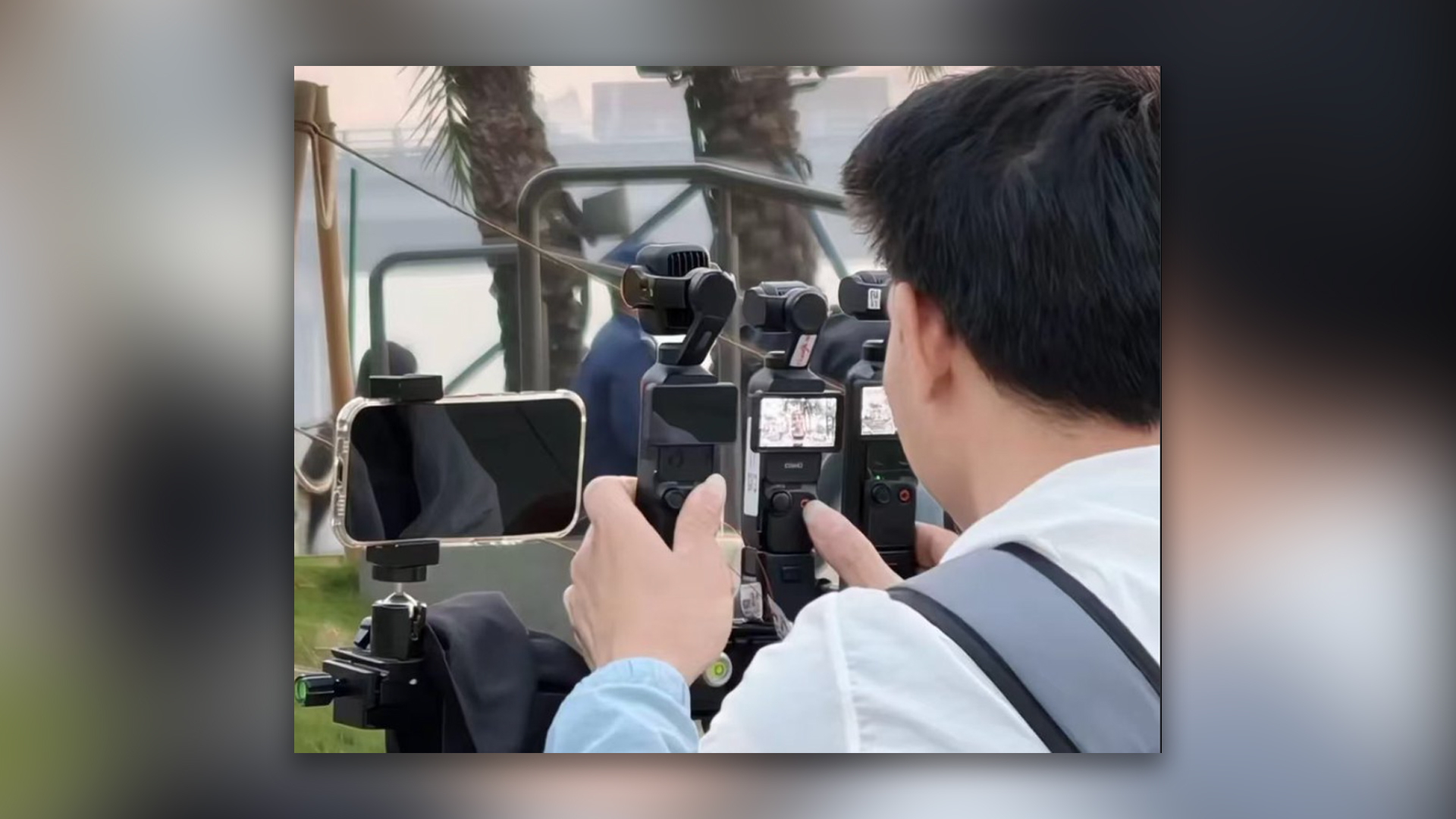Better than IMAX, $200,000 a piece, and only 5 exist – meet the Achtel 9×7
Discover the $200,000 cinema camera that's better than IMAX but, for now, are in very short supply

If you're not familiar with Australia-based Achtel or their 9x7 Digital Cinema Camera, don't fret – you're not alone. This exclusive piece of technology has managed to remain under the radar for most people, and for good reason. Packed with specialized features tailored for VFX plates and immersive cinema experiences (such as IMAX, Flying Theatre, and Giant Screen), this camera comes with a hefty price tag of $200,000, making it an indulgence reserved for only a select few. Adding to its exclusivity, there are currently only five of these cameras in existence.
However, the tides may be turning soon for Achtel. The company is currently constructing three more cameras with the European rental market in mind. Furthermore, Achtel will be making an appearance at the upcoming Cine Gear Expo in Los Angeles, aiming to generate more buzz and expand its presence in the United States. While the camera has already been put to use in the US, the stunning aerial footage of downtown LA captured by XM2 Pursuit using the 9x7 is a testament to the camera's capabilities and the imagery it can produce.
The 9x7 camera features a 9344x7000 sensor, hence its brand name, offering true correlated double sampling to achieve an astonishing resolution of up to 18,688x14,000 (260 Megapixels). Achtel is quick to point out that pixel count is only half of the story, prompting us to dig deeper into the other half.
The development of the camera began in 2020, hitting minimum viable product (MVP) in 12 months. The idea had been brewing for a couple of years, during which Achtel conducted extensive research into unconventional hardware and software solutions.
Originally designed for IMAX and Giant Screen applications, the camera eventually found popularity as a specialized VFX tool, replacing the need for large multi-camera arrays. A single 9x7 camera can effortlessly replace an 8-camera setup, reducing costs and simplifying the capture of high-resolution VFX plates.
At the core of the camera lies a specialized 65-megapixel APS-H-sized sensor with a global shutter, boasting exceptional contrast at the photosite level. This level of contrast sets it apart from most high-end digital cinema cameras, making it particularly well-suited for imaging that demands unparalleled sharpness, a feat difficult to achieve with traditional high-end digital cinema cameras.
The camera also adopts an innovative approach to color science. While supporting traditional choices, it also embraces the Direct Scene-Referred workflow, capable of producing colorimetric images straight out of the camera. This means images do not require additional color correction and remain consistent across different lighting setups. This workflow offers several advantages, such as an ultra-high gamut that enables vibrant and saturated colors, which modern digital cinema cameras often struggle to reproduce due to gamut clipping caused by chromatic adaptation.
The best camera deals, reviews, product advice, and unmissable photography news, direct to your inbox!

When it comes to lenses, the Achtel 9x7 camera brings some interesting options to the table. While rectilinear lenses are mostly limited to ARRI Signature Primes and a few selected Sigma ART Prime lenses, there is a noticeable lack of zoom lenses that can match the desired levels of sharpness. Although the ARRI Signature Zooms come close, they still fall short compared to the image quality achievable with Signature Primes.
Interestingly, one lens that has gained popularity for capturing VFX plates and Giant Screen footage with the 9x7 camera is the Entaniya HAL 220 LF fisheye lens. This lens provides unique perspectives and wide coverage, making it a favored choice for such specialized applications.
While this camera might not be going in the kit bag for most filmmakers, it goes to show what is possible in today's world, and the size of such a device is simply mind-blowing. If it's slightly out of your budget, check our best cameras for filmmaking, or best cameras for film students guides.

For nearly two decades Sebastian's work has been published internationally. Originally specializing in Equestrianism, his visuals have been used by the leading names in the equestrian industry such as The Fédération Equestre Internationale (FEI), The Jockey Club, Horse & Hound, and many more for various advertising campaigns, books, and pre/post-event highlights.
He is a Fellow of the Royal Society of Arts, holds a Foundation Degree in Equitation Science, and holds a Master of Arts in Publishing. He is a member of Nikon NPS and has been a Nikon user since his film days using a Nikon F5. He saw the digital transition with Nikon's D series cameras and is still, to this day, the youngest member to be elected into BEWA, the British Equestrian Writers' Association.
He is familiar with and shows great interest in 35mm, medium, and large-format photography, using products by Leica, Phase One, Hasselblad, Alpa, and Sinar. Sebastian has also used many cinema cameras from Sony, RED, ARRI, and everything in between. He now spends his spare time using his trusted Leica M-E or Leica M2, shooting Street/Documentary photography as he sees it, usually in Black and White.
